Growing the herbs indoors is a healthy and a money saving hobby. It is also a great fun and especially good for the health (Orgonomictherapy). If you are not able to grow the herbs in outdoor gardening space, don’t worry. You can easily grow them at indoor space. Essential and vital nutrients are abundantly present in herbs that flavor up the taste of your favorite dishes. The best way to satisfy your craving for fresh food is to grow the herbs at home, that will increase the flavor and taste of your food. In this post, you are going to find best herbs to grow indoors at home with fewer efforts.
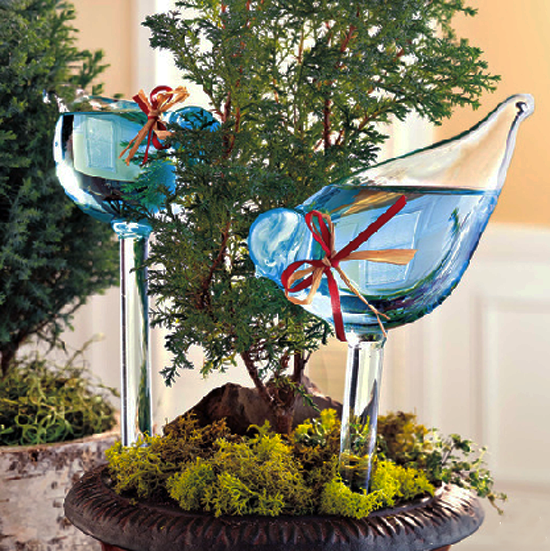
A gardening expert, as well as a Naturopathic doctor named Brian Hetrich, said that half nutritional value of the plants vanishes or lost during harvesting. Surprisingly, there are numerous herbs that can easily grow well as an indoor plant. The basic thing that they need is the bright space as well as a well-selected variety and also an essence of adventure.

Finding Best Herbs to Grow Indoors at Home
The best way to start is with the healthy plants instead of seeds as the plants will put you ahead even up to a year as compared to the plants started through seeds.
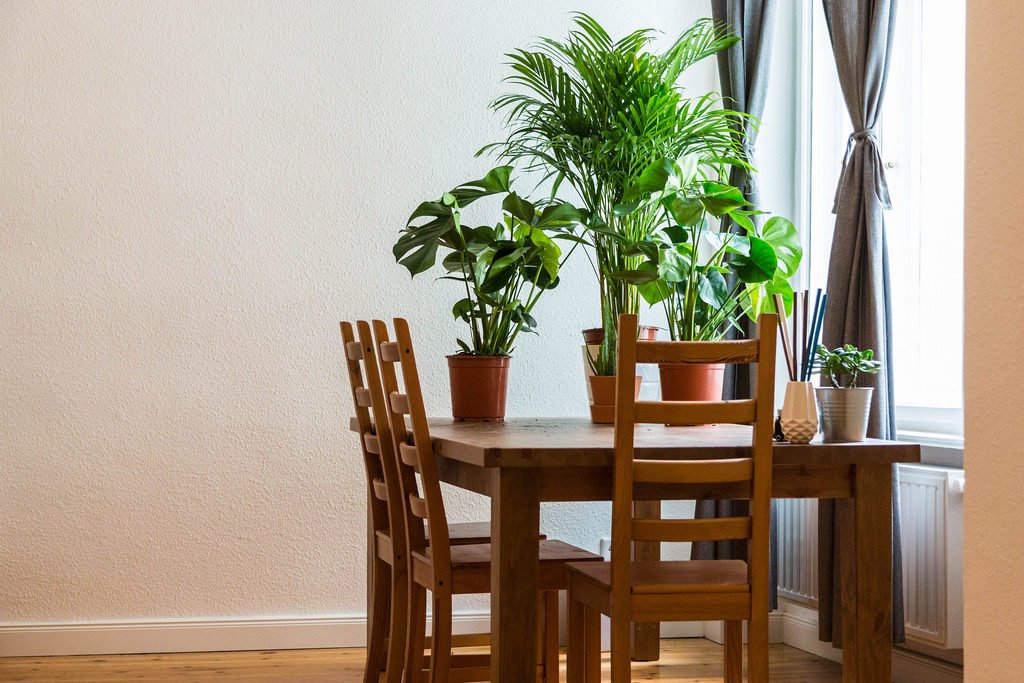
How to Get Started
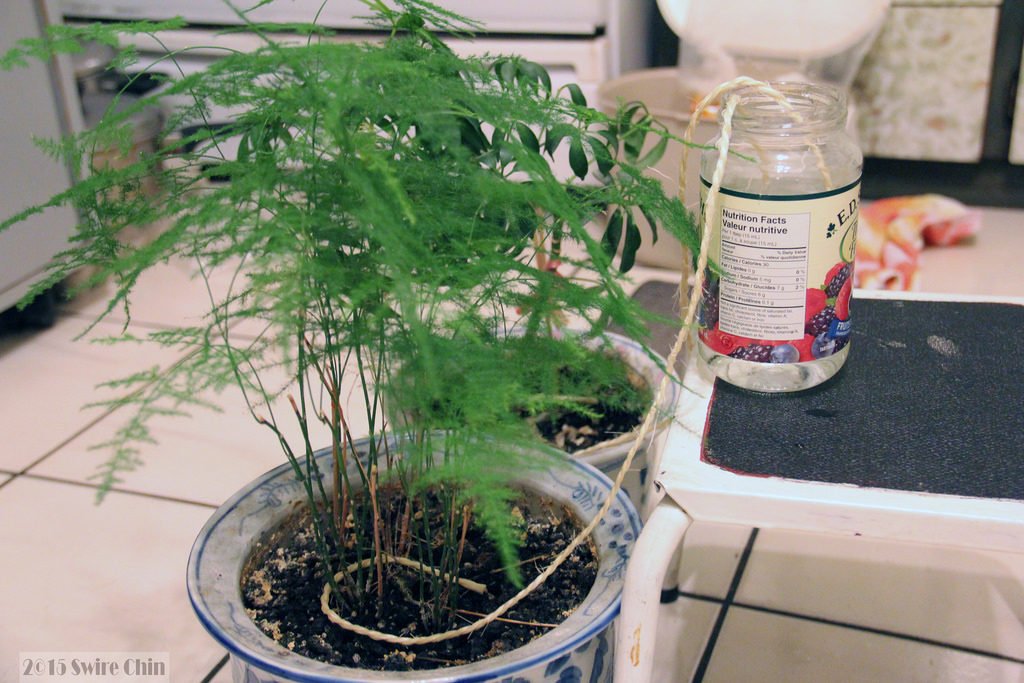
Large sunny and a bright space is needed or a sunroom as well as a room where sunlight can reach easily. Select a place where there is good air circulation along with the temperature around 55 to 75 degrees.
Choosing Soil and Containers
For the growing of herbs, a container or even a pot with 6 inches or even larger can be used especially with the drainage holes. As growing roots require more room to grow so you have to select the largest container or pot so the herb can easily grow and the larger container will give the bigger plant to yield.
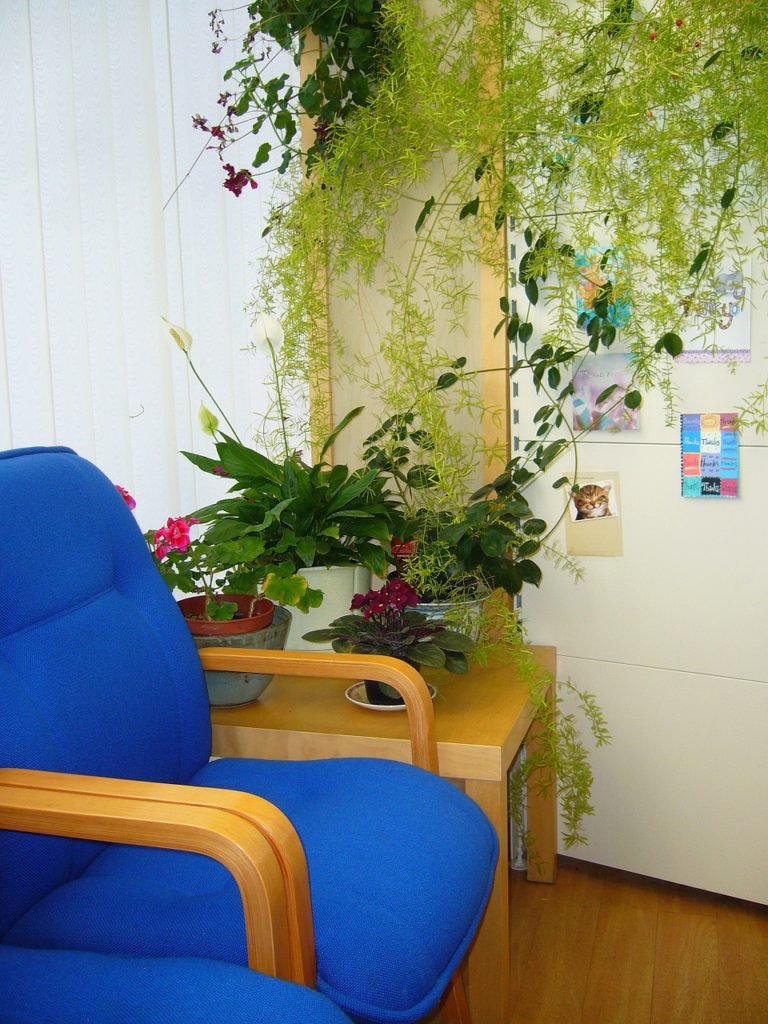
The fast draining potting mix will be used as a garden soil that will compact and sense in the container as well as smother the roots of the plants. A premium mix should be preferred that comprises of the lightweight ingredients, for instance, vermiculite or perlite that helps to release, expose and ventilate the final mix.
Growing Tips
The need of the water will depend upon the type of the plant as well as the size of the plant and also depend upon the type and size of the container as well as the years’ time. In winter plants grow less because of the lower level of light as well as needs less water. For most of the herbs, soil should be allowed to dry slightly while for some of the herbs like mint, basil, parsley, and chives need slightly moist soil. When you stick the finger in the soil up to one inch you will know about the plants need for water. And when the soil feels dry, then it means that it needs water.
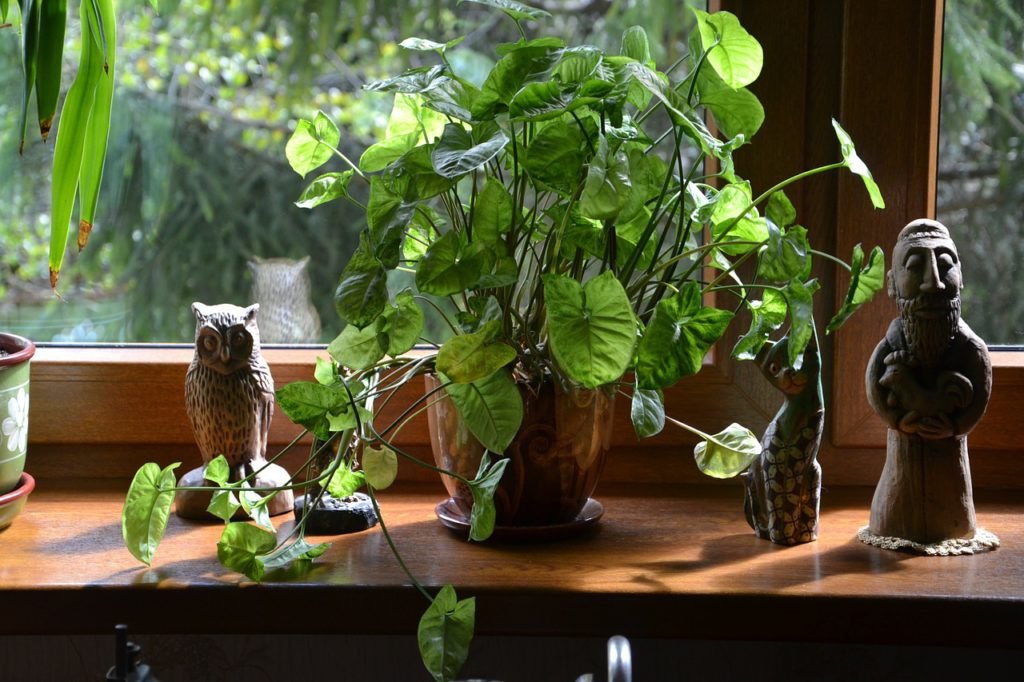
In spring when the active growth of the herb will start, then you are required to feed the herbs with the liquid fertilizers after 4 weeks. Or even you can scratch the organic fertilizer granules in the soil in place of the liquid fertilizer in every other month.
Lemon Balm
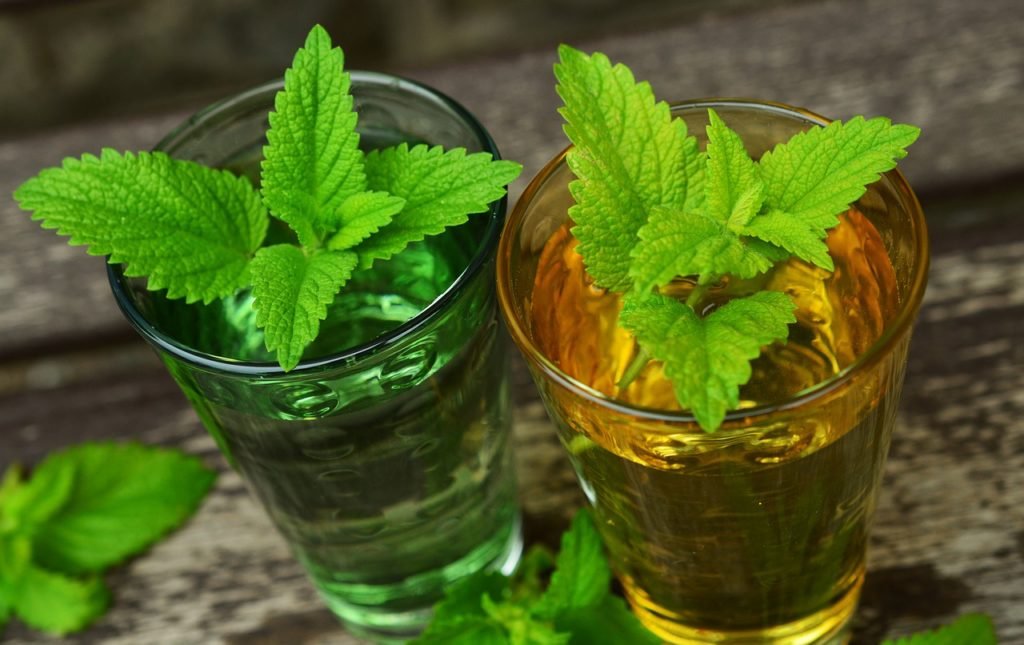
To get the best flavor you can grow the plants of lemon balm for a single year. In the fall, you need to plant them indoors, and in winters they also need to grow indoors. While in summer and spring you have to plant them outdoors.
Chives
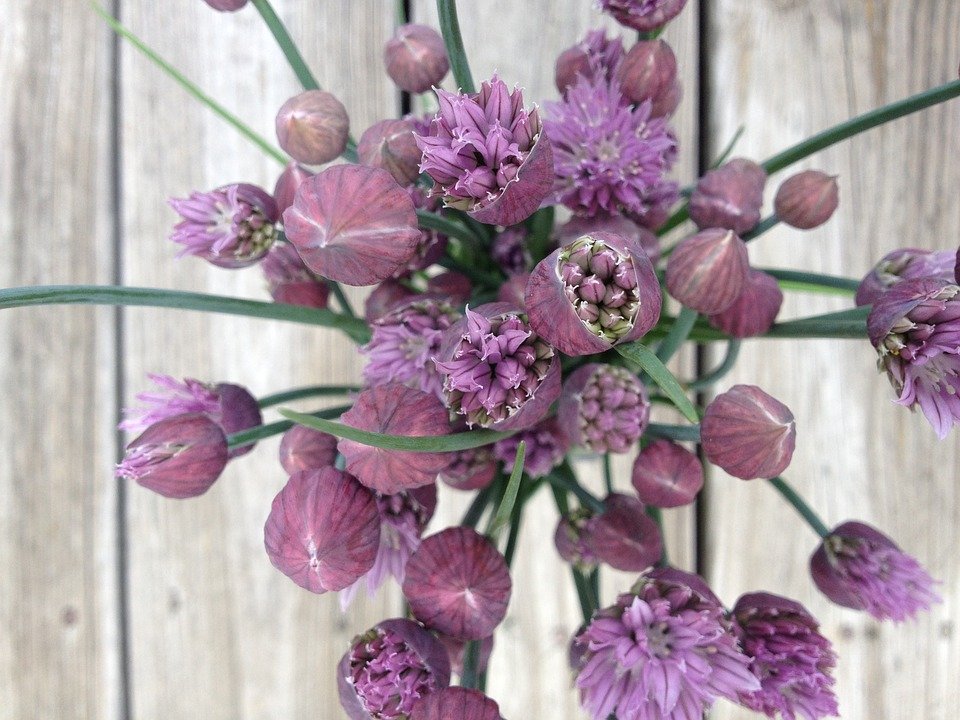
You can grow chives around anywhere. Chives need to be harvested at the base such as cutting grass. At a time there should not be more than one-third.
Mint
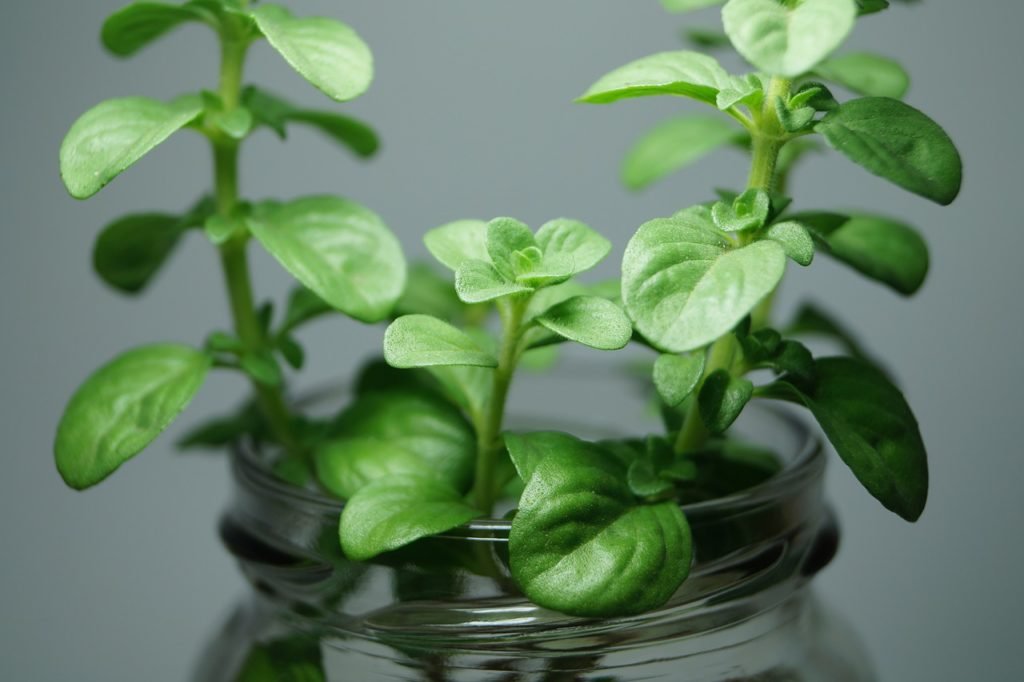
Fresh mint is the need of any home so, it’s the best plan to grow the mint indoors. The mint can grow all over the garden and yard by containerizing it. Any of the varieties of mint is suitable as well as appropriate for indoors.
Parsley
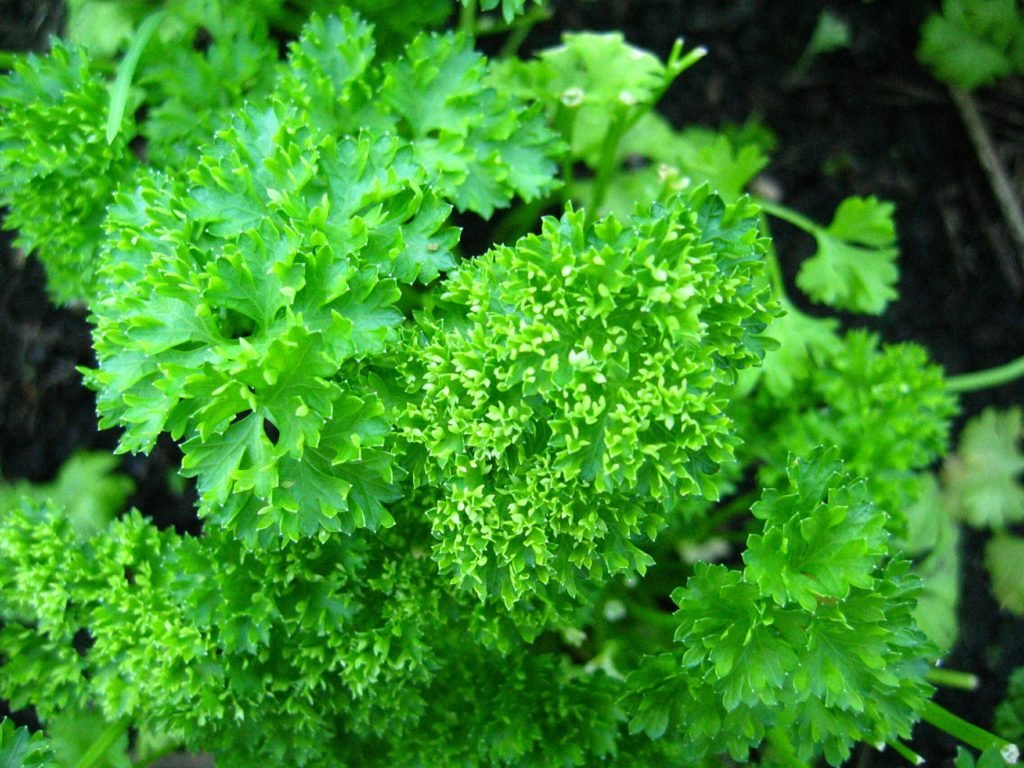
If you want to grow parsley from the seeds, then you need to soak them in warm water through which seed coat will crack before sowing.
Basil
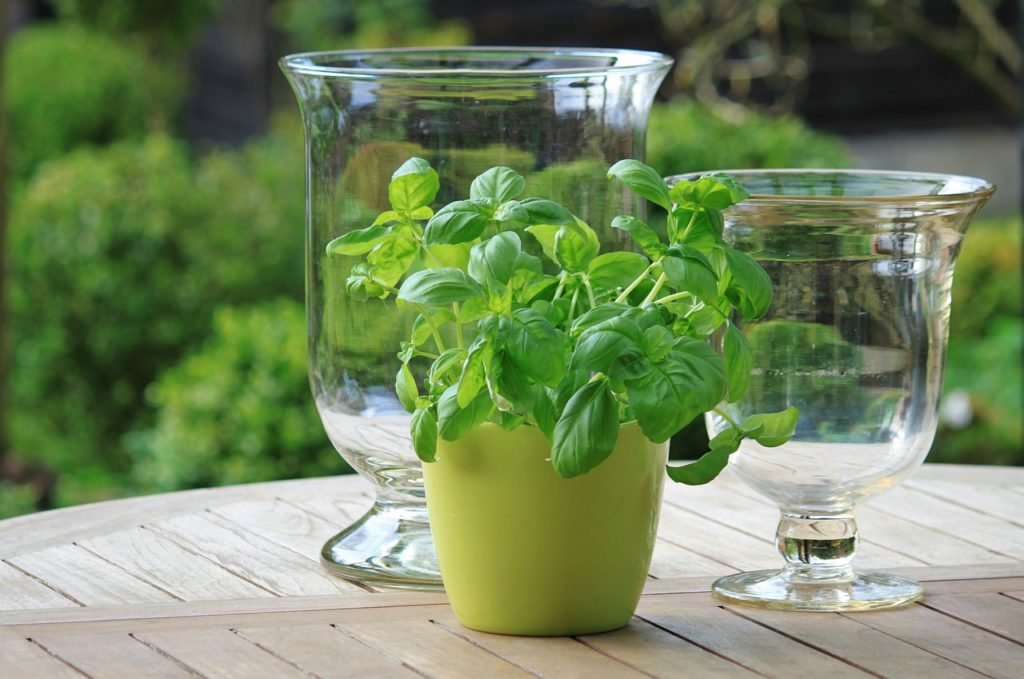
In order to grow the basil indoors, you need the smaller globe type of it. Space problems will be caused due to larger basil as many of the basil are extra-large.
Bay Laurel

Another name of bay laurel is a bay leaf. If it has left unpruned then it will become quite large. In the cold months, it will grow really well in indoors. But in warm weather, they will best grow at outdoors.
Cilantro
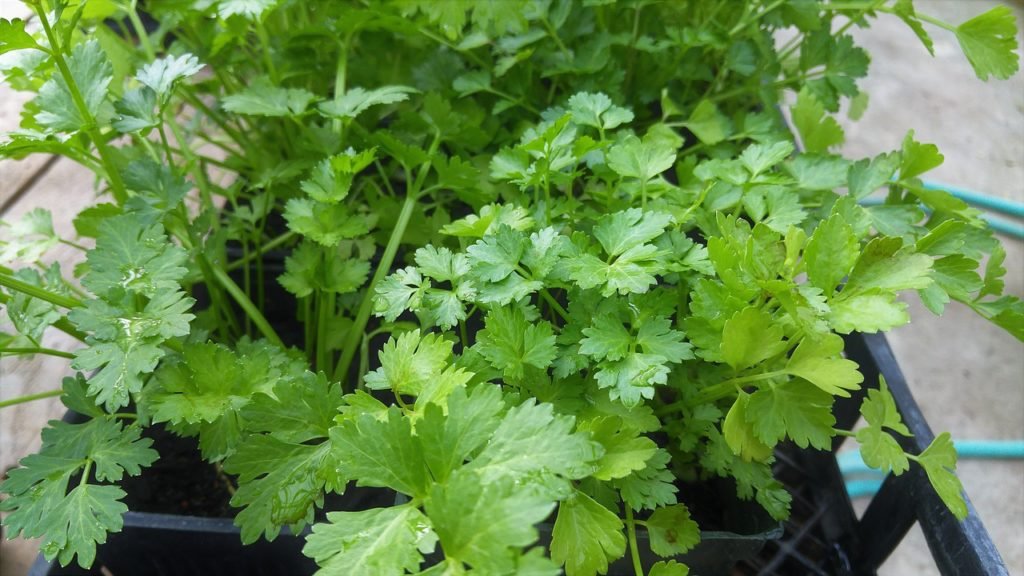
It’s a herb that is by nature short-lived. After two or three week break or intervals, you need to begin the succession or chain of seedlings in order to continue the supply going.
Thyme
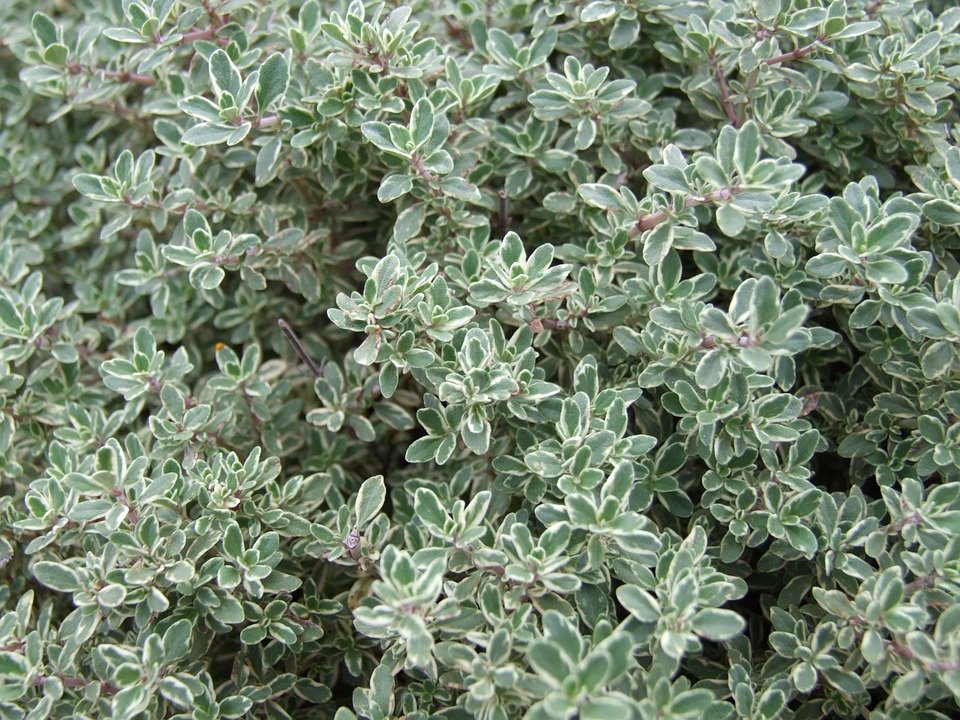
Thyme is as small as almost six to four inches that it is adaptable or adjustable to pots. From a plant of nursery, you can easily re-pot it or pot it up. Or even a larger plant of thyme that grows outdoors can be divided. Through cutting it can easily propagate just like saga and rosemary.
Lemongrass
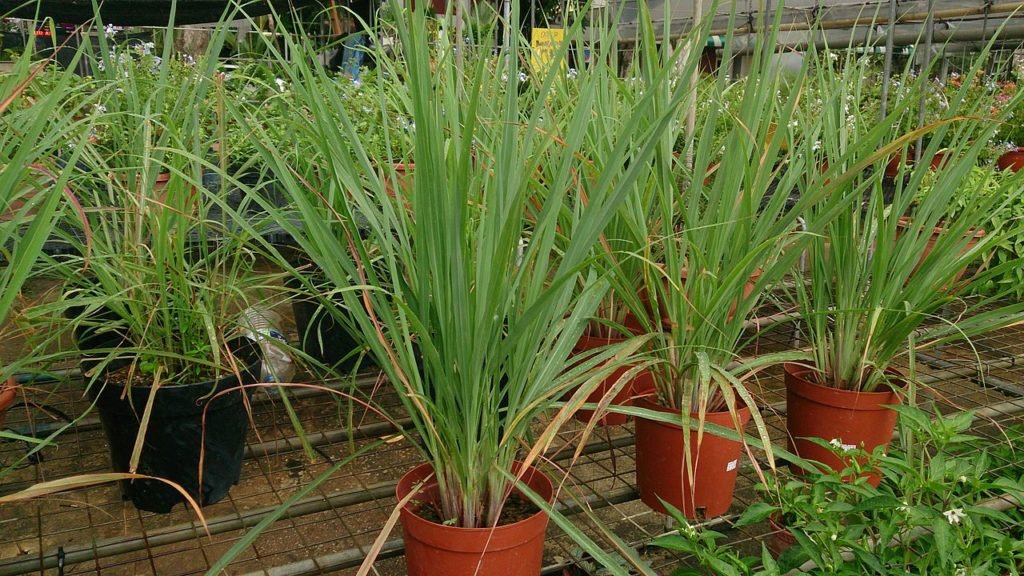
You need to purchase a starter plant as lemongrass is able to grow from seed. Through fresh herb, it is able to propagate in the water in a grocery store.
Oregano
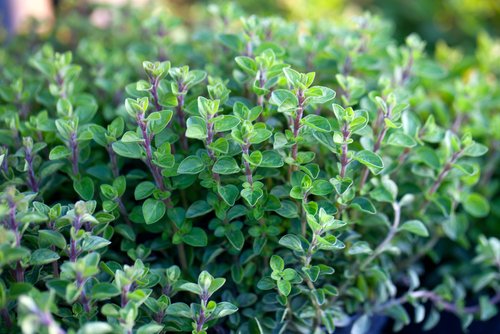
Through divisions or cuttings, it is easy to propagate the oregano. At summer’s end, get some of the cuttings and take a cup of water to root it out. Fresh oregano’s are milder as compared to dry. In the cooking process to keep its flavor you need to use it at the end.
Kaffir Lime
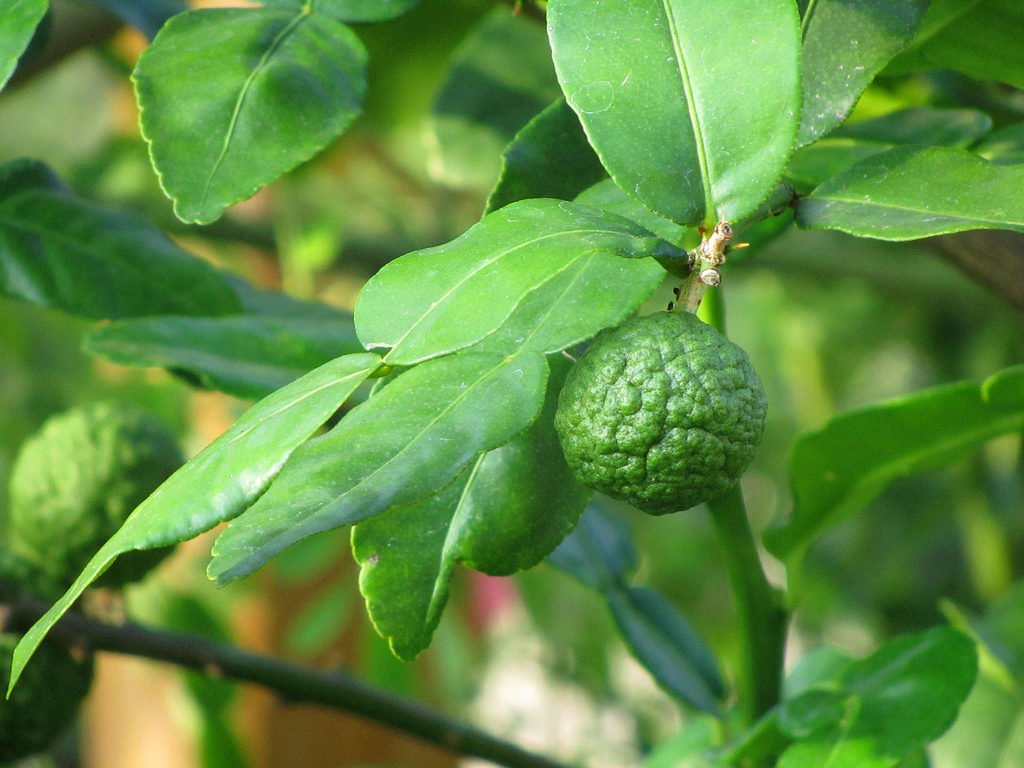
It’s basically a woody plant that is used for its greenery and foliage. In the summers, if possible you need to give kaffir lime the outdoor time.














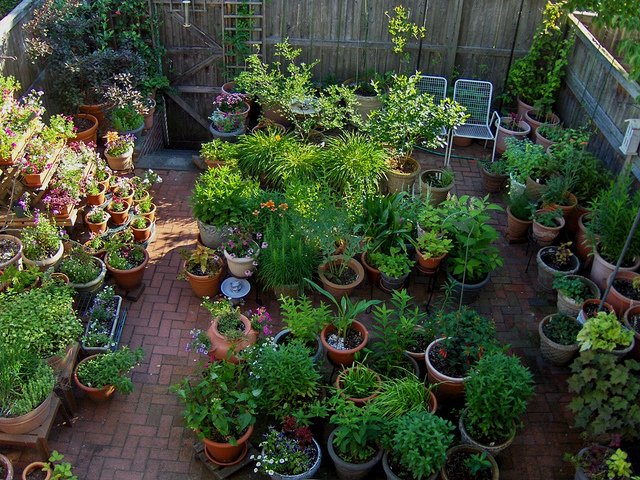
0 Comments